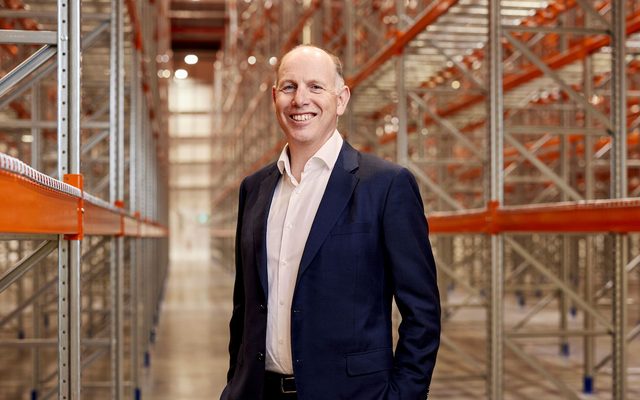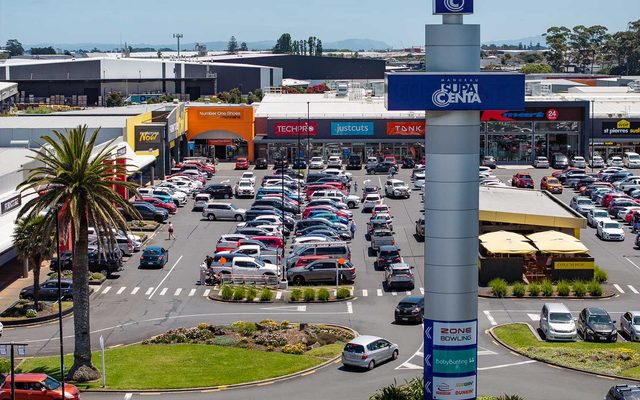This article is from the Australian Property Journal archive
RETAILER sentiment improved over the last six months for the third consecutive survey in a row, according to the latest Jones Lang LaSalle survey.
According to the survey, retailer sentiment is now well above the five year average.
JLL’s retail research and consulting director David Snoswell said the Sentiment Index conducted in April rose from a net balance of 30% in October 2006 to 38% in April 2007 compared to the five year average of 23%.
According to the survey, retailers’ views on general spending levels and economic outlook have improved since the last survey, with both factors recording positive net balances of 18% and 13% respectively.
Retail spending growth in January (0.9%) and February (0.9%) was been higher than expected and in March was the strongest monthly growth since April 2006 at 1.0%.
Snoswell said this is partly due to the 2007-08 Australian Federal Budget, which has given retailers and consumers further reason to be positive.
“Federal Budget cuts to income tax in 2007-08 costing $5.3 billion are aimed at low and middle income earners, while a one-off Tax Free Bonus payment to Seniors and Carers amounting to $1.7 billion in 2006-07 and small business tax cuts amounting to $540 million over four years should further support retailers and consumer spending. These have already had a positive affect on consumer confidence,” he added.
In addition, Snoswell said apart from an interest rate rise in November since the last survey, there have not been any major events that would have had a significant negative impact on retailer sentiment.
“News has been broadly positive for retailers since the start of the year. Retail turnover figures have been strong, economic growth has picked up, inflation appears contained, while the unemployment rate has fallen even further to new 32 year lows,” he added.
Compared to the last survey in October 2006, the proportion of respondents in April who were more optimistic about their trading prospects over the next 12 months was relatively stable. However, Snoswell said there was a notable decline in the percentage that were less optimistic, from 14% to a low 5% in April 2007.
The survey revealed that most retailers were considering a moderate level of expansion over the next 12 months, with 80% of respondents planning to increase their number of stores, mainly focusing their expansion activities in interstate markets.
While the vast majority of respondents plan to increase store numbers, 53% foresee difficulties in locating suitable sites and the lack of quality supply was the main challenge, followed by cost.
The survey shows retailers’ perception of what will be the major inhibitors towards trade over the next 12 months are occupancy costs, fuel prices and possible interest rate hikes.
Respondents cited occupancy costs as the issue of greatest concern over the next 12 months.
Snoswell said the results suggest retailers fear increases in rents often built into leases and other outgoings will rise relative to income.
“This is consistent with the result that while 55% of respondents expect gross turnover will improve over the next 12 months, a smaller percentage (48%) expect the same for profit margins.” he concluded.
Looking ahead, JLL’s Australian head of retail Tony Doherty said a small number of retailers have also indicated plans to expand internationally, with New Zealand being the primary location.
Australian Property Journal



